
The Tianwen 1 Martian probe undergoes ground tests at a research facility in Beijing. (China Daily)
Martian exploration
Elsewhere in the solar system, Mars rover Zhurong has traveled more than 1,900 meters and obtained a great deal of data and images en route to its destination, an ancient coastal area on Utopia Planitia, the vast Martian plain where it landed. The 1.85-meter-tall, 240-kilogram robot, named after the ancient Chinese god of fire, touched down on the Red Planet on May 15, 2021, and began to travel across its surface a week later.
Zhurong is the core component of the Tianwen 1 mission, China's first independent interplanetary exploration mission.
Zhurong and the Tianwen 1 orbiter, which relays signals for the rover, have transmitted around 1,800 gigabytes of raw scientific data to Earth.
Pang Zhihao, an expert on space exploration technology and a renowned writer on spaceflight, said that Tianwen 1 marks a milestone for China's space industry and is a symbol of its rising status in the field of deep-space exploration.
"Scientifically speaking, the mission has been retrieving valuable information about Mars and the solar system and has given Chinese researchers their first opportunity to closely observe and study the planet. And in terms of engineering, it shows China's ability to organize an exceptionally sophisticated, challenging expedition," he said.
Tianwen 1 has signaled a good start to the country's interplanetary program and has laid a solid foundation for the next steps, which will involve more demanding endeavors such as bringing Martian soil samples back to Earth and landing a probe on an asteroid, Pang said.








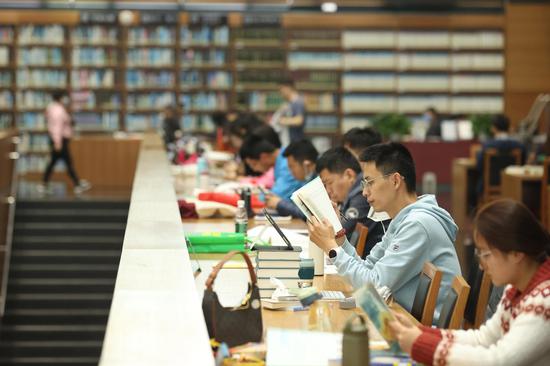


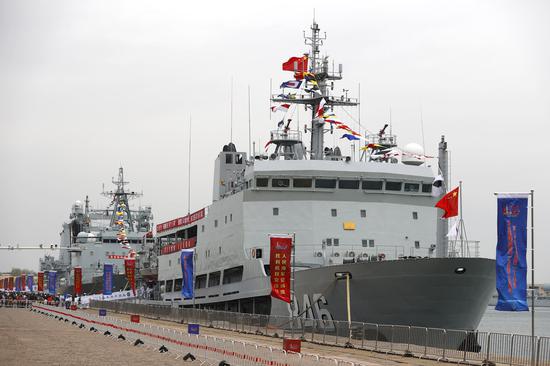



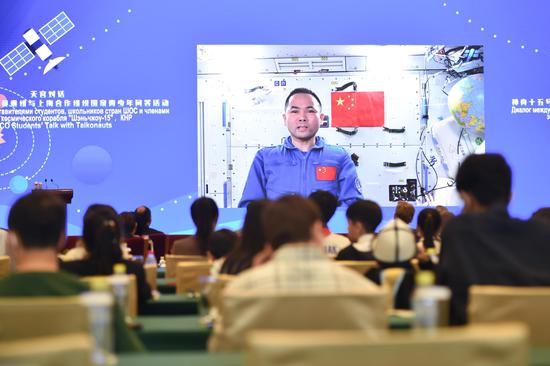



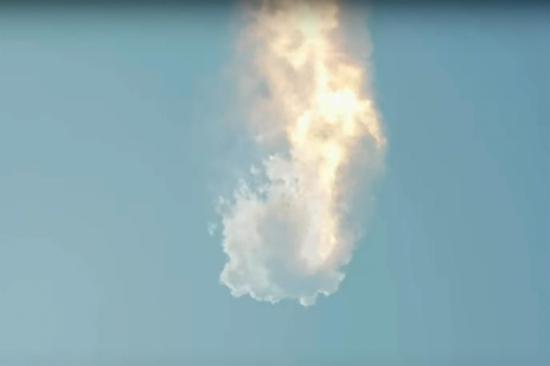

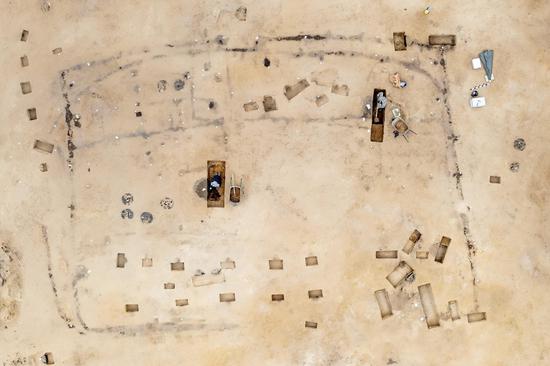

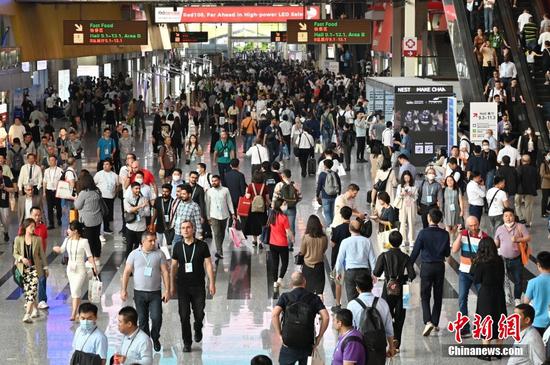
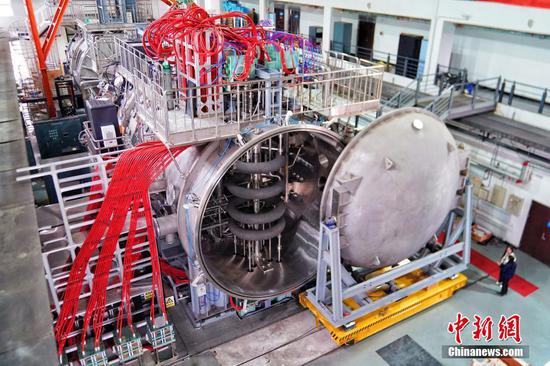





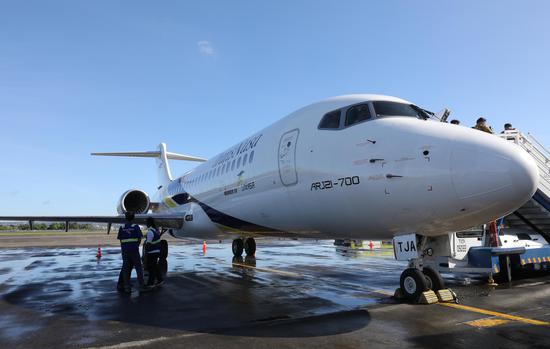
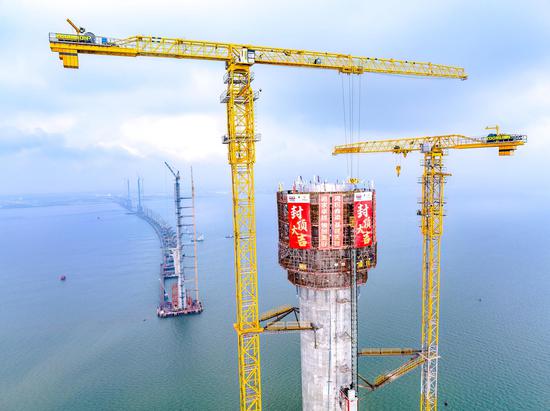

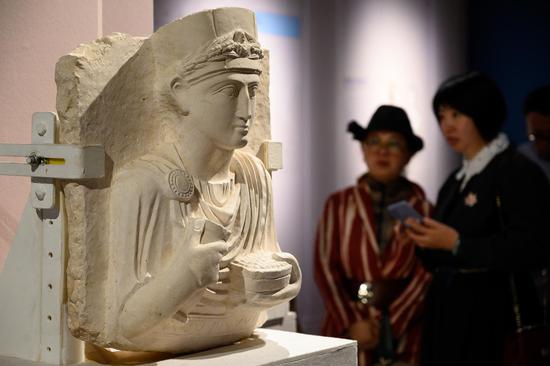










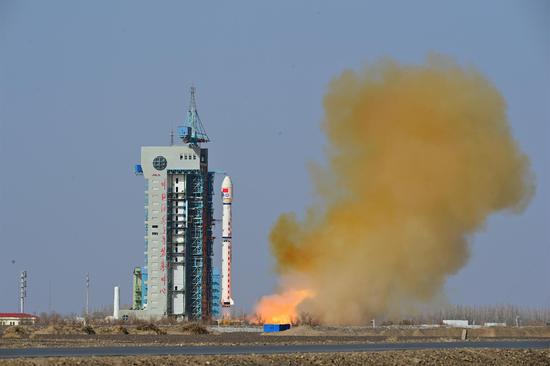





 京公网安备 11010202009201号
京公网安备 11010202009201号